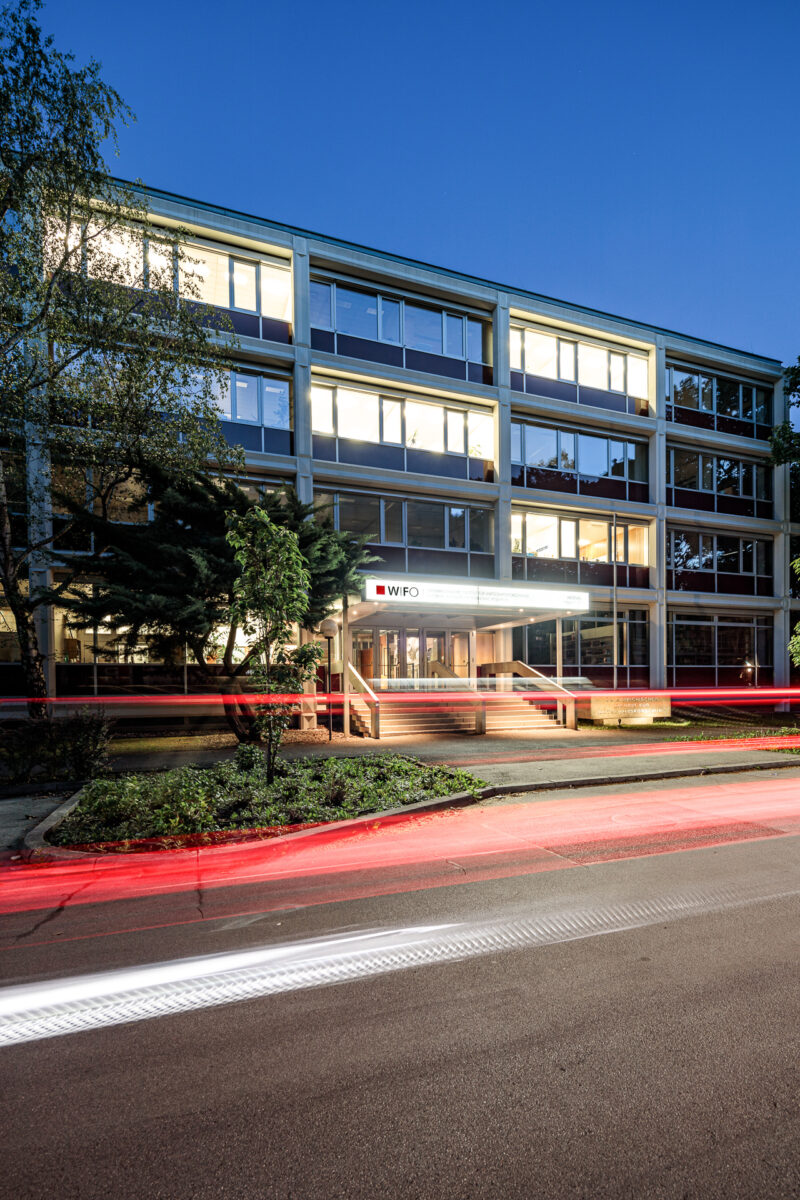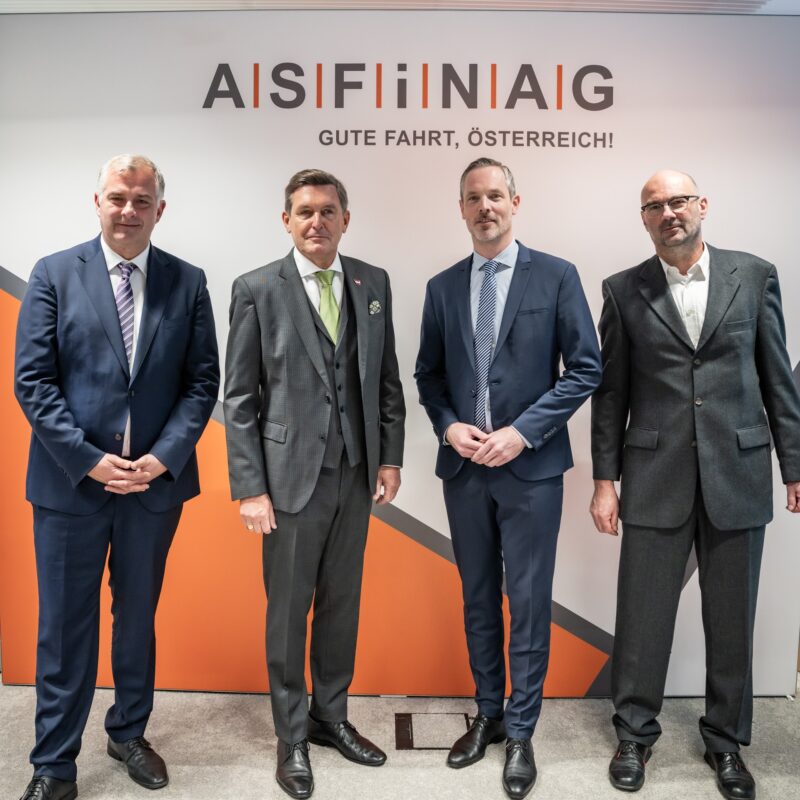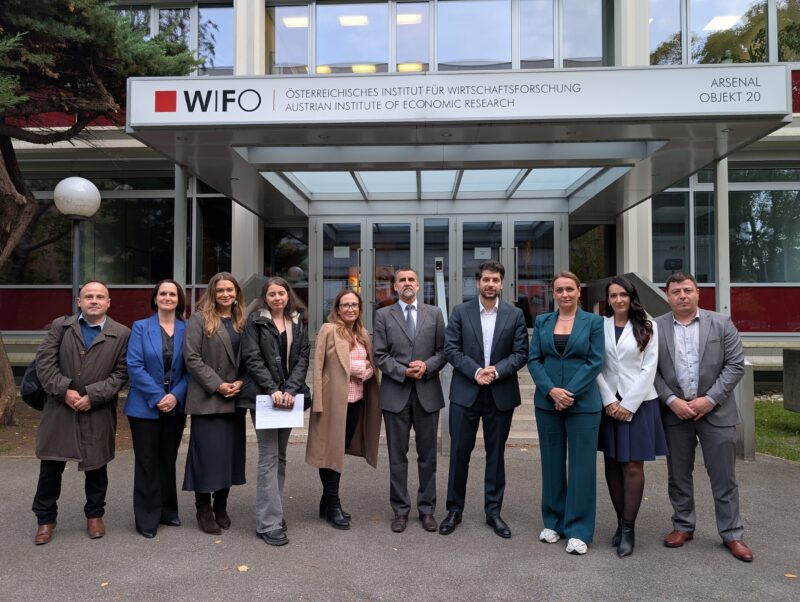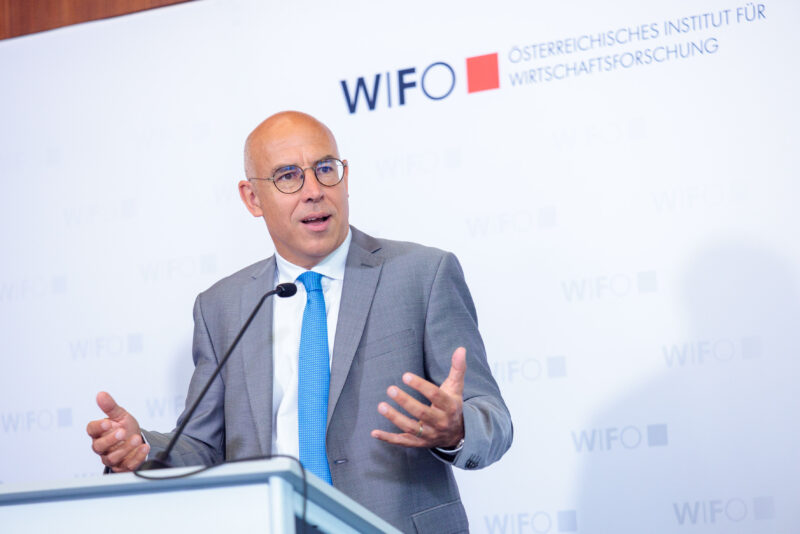
Tourism as a Regional Economic Factor
In 2018, the direct and indirect value-added effects of tourism in the provinces ranged from 0.61 billion € in Burgenland to 5.91 billion € in Tyrol. This is according to the results of the Regional Tourism Satellite Accounts (R-TSA) for eight of Austria's nine federal provinces, compiled for the first time by Statistics Austria and the Austrian Institute of Economic Research (WIFO), which were presented by Peter Laimer and Ines Orsolic (Statistics Austria) as well as Oliver Fritz and Anna Burton (WIFO) at a media workshop.
"Due to the high degree of regional interdependence, tourism has a great importance for the Austrian economy beyond federal state borders", says Peter Laimer of Statistics Austria.
The direct and indirect contribution of tourism to the gross regional product (GRP) varies greatly due to the different industry structures in the provinces. In the tourism strongholds of Tyrol and Salzburg, for example, the share of the gross regional product is 16.9 and 13.7 percent, respectively. In Vienna, on the other hand, the share is significantly lower at 4.8 percent, even though the federal capital accounts for the second-highest share of total absolute spending in Austria. In Carinthia, Burgenland and Styria, tourism spending generates total value-added effects corresponding to a GRP contribution of 8.0 (Carinthia), 6.8 (Burgenland) and 4.6 percent (Styria). They thus hover around the Austrian average of 7.4 percent. In the strongly production-oriented provinces of Upper and Lower Austria, tourism contributes directly and indirectly 2.6 and 3.0 percent, respectively, to the respective regional economies. Likewise, the share of total regional employment attributable to tourism ranges from 16.3 percent in Tyrol to 3.2 percent in Upper Austria.
The interregional interdependence of the provinces also leads to spillover effects that have been measured for the first time, to estimate to what extent a province benefits economically from the demand of its own guests as well as from tourism expenditures made in other provinces. The resulting direct and indirect value-added effects range from 0.78 billion €, which are triggered by total tourism expenditures in Burgenland, to 6.88 billion €, which are generated by tourism in Tyrol, in Austria as a whole.
Please contact























